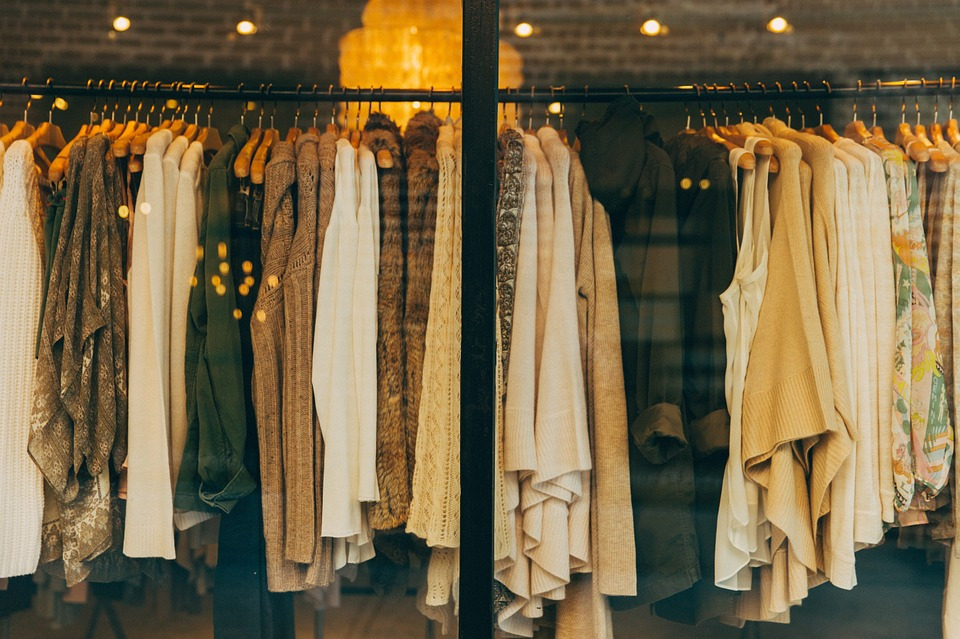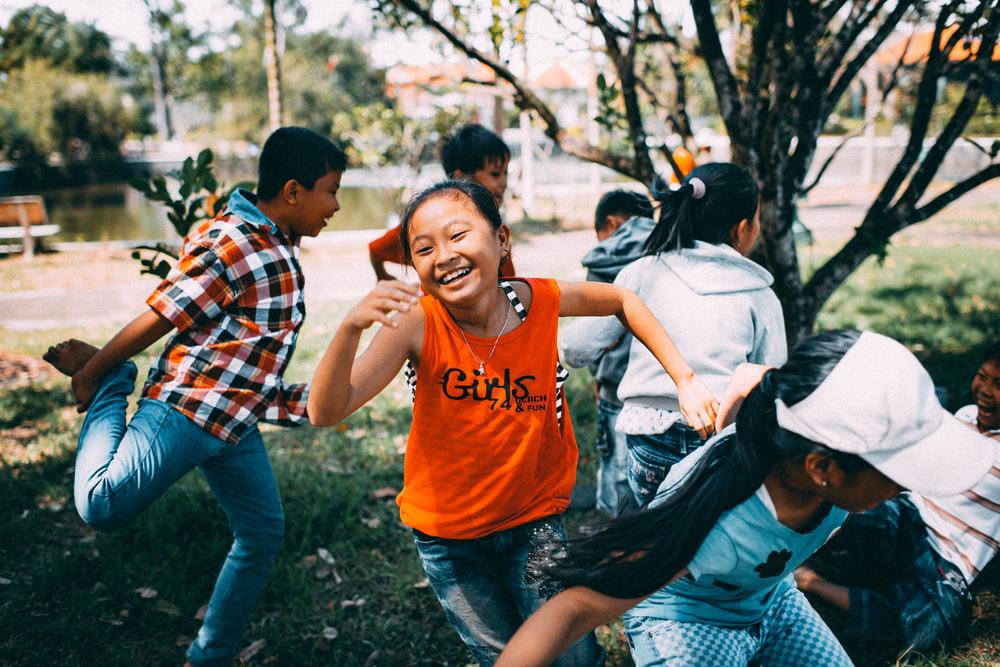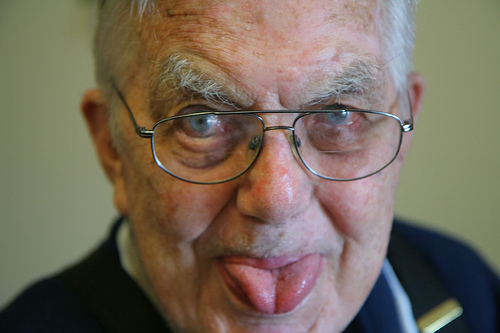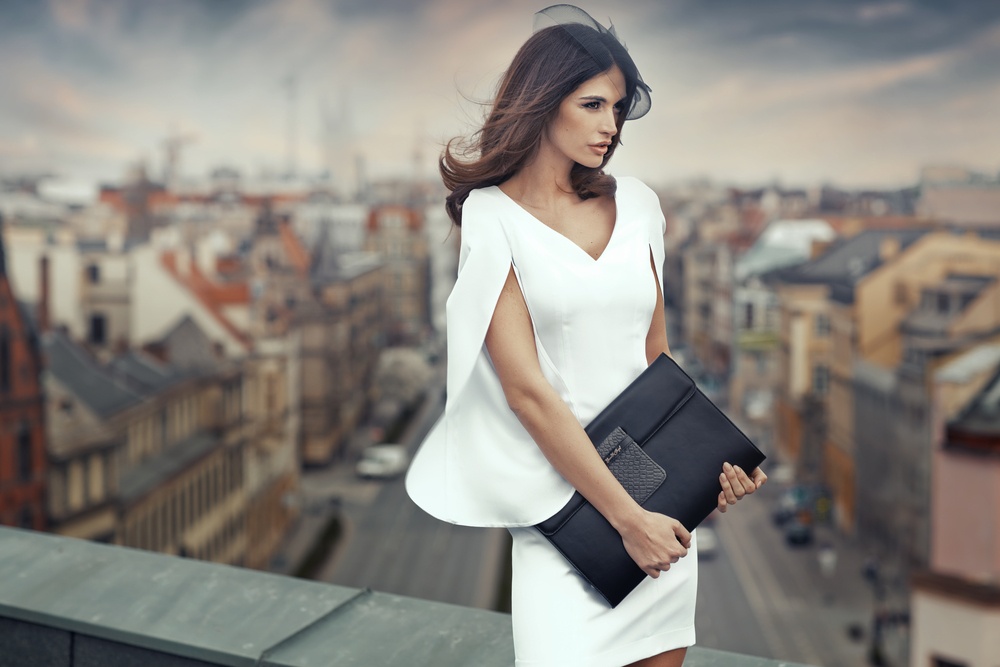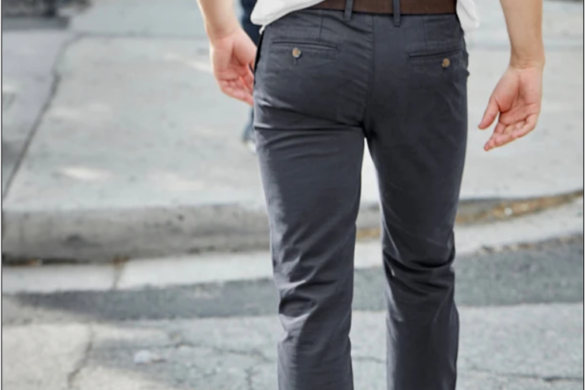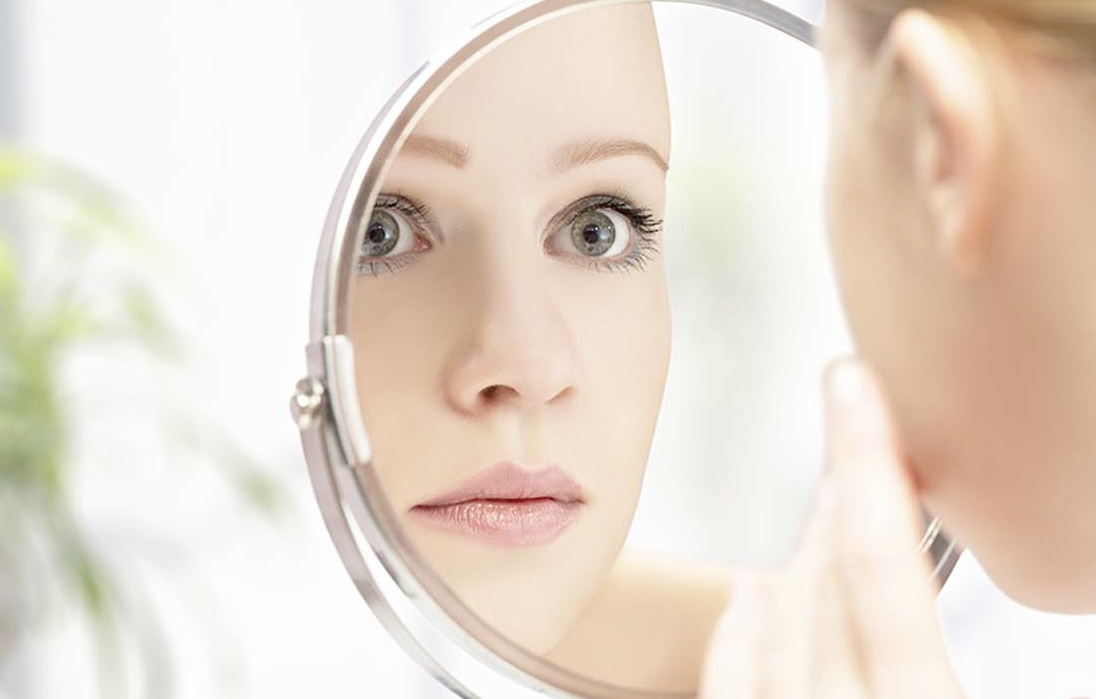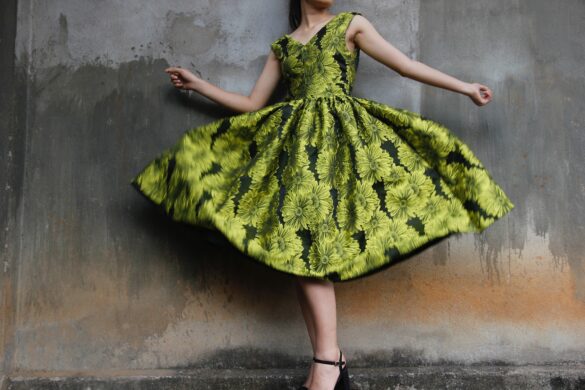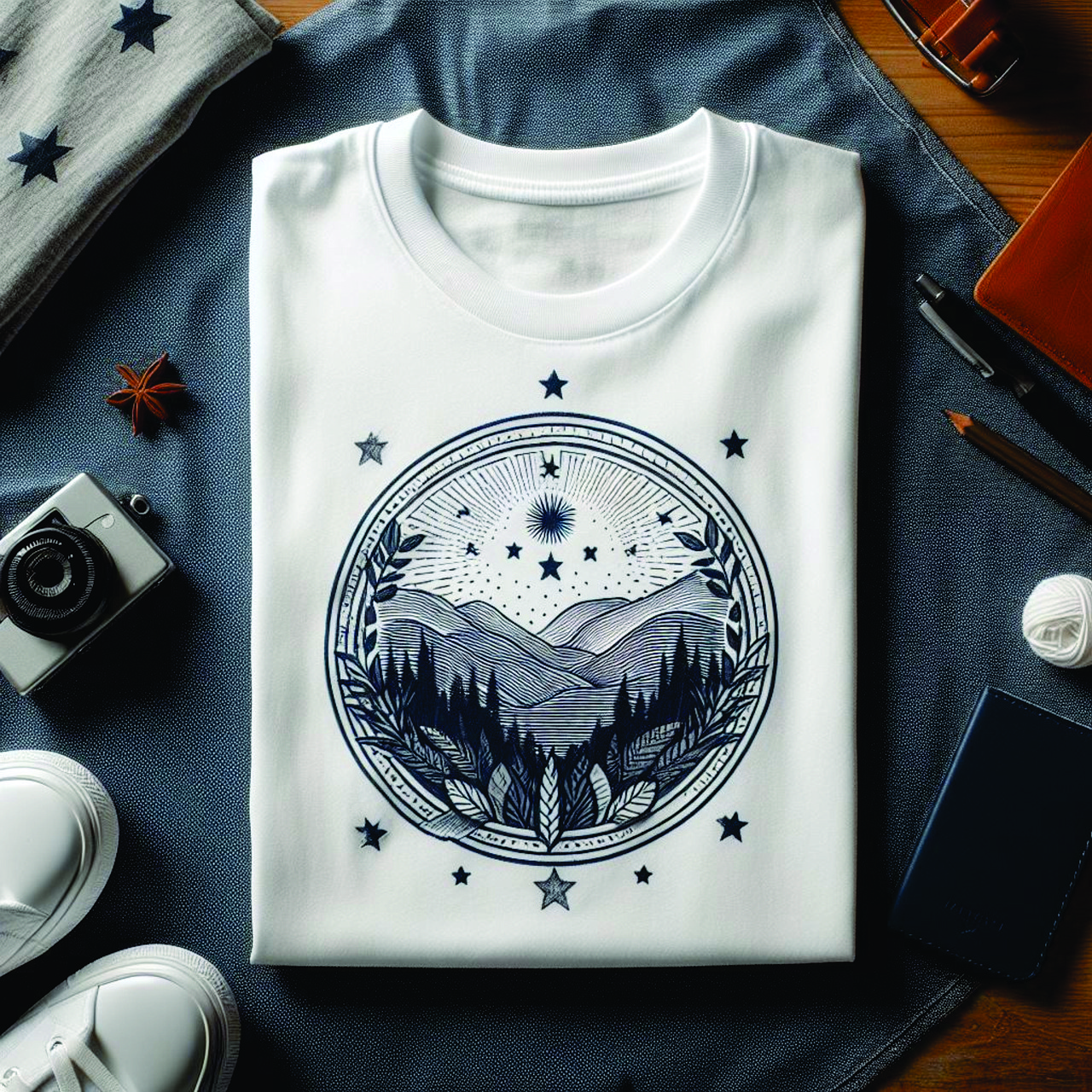 T-shirts seem simple. Put one on, and the outfit is done. But there is a small choice that changes everything: print or plain. That one choice can set the mood for the whole day. A print tee tells a story. A plain tee gives a clean base. Both can work. The trick is knowing when to use each one.
T-shirts seem simple. Put one on, and the outfit is done. But there is a small choice that changes everything: print or plain. That one choice can set the mood for the whole day. A print tee tells a story. A plain tee gives a clean base. Both can work. The trick is knowing when to use each one.
What a T-Shirt Says Without Words
Clothes send signals before a single word comes out. A tee can show calm, energy, or school pride. It can hint at hobbies, teams, or music. That is why tees feel so personal. Even the same color in two shirts can feel different based on the design, fabric, and fit. This is good news. It means there is a tee for every plan and every mood.
Why Pick a Print Tee
A print tee grabs attention in a friendly way. It can spark a smile or start a chat. It can show support for a team or a cause. It can also add energy to jeans or shorts that feel basic on their own. For a small effort, the outfit looks ready.
If some design ideas would help, a quick browse through cool t-shirts can show how different prints set different moods. A bold logo offers strong energy. A small graphic near the chest is calmer. Tiny patterns across the shirt land somewhere in the middle. Seeing a few options side by side makes it easier to spot what fits your style.
A print tee also works well when the rest of the outfit is simple. Pair one with black jeans, white sneakers, and a light jacket. The graphic does the heavy lifting. Keep colors in the same family so nothing fights for attention. A red print stands out on white or grey. A blue print feels sharp on black. If the shirt has many colors, keep the pants and shoes quiet. Balance makes the look feel planned, not loud.
Make sure the message on the shirt matches the place. School day? Keep it friendly and school-appropriate. Family event? Pick a design that is fun but not too bold. Game night or a concert? Go brighter. Think of the tee as a signal for the plan ahead.
When a Plain Tee Wins
A plain tee is the easiest way to look neat. It works for class, club meetings, and part-time jobs. It layers under hoodies, flannels, and blazers without clashing. It also looks fresh on its own if the fit is right.
Plain tees make color the main story. A white tee looks clean and bright. A black tee looks sharp and a bit more serious. Grey is the calm middle ground. Navy brings depth without going all the way to black. Earth tones—tan, olive, and brown—feel warm and steady. These colors match most jeans and shorts without extra thought.
Plain tees also handle small style moves. A half-tuck at the front can tidy the waist and show the belt line. Rolling sleeves once can give the arms a stronger shape. None of this takes long, and it makes a basic tee feel custom to the body.
Fit and Fabric Matter More Than Print
The best design still fails if the fit is off or the fabric feels rough. Start with the shoulders. The seam should sit right on top of the shoulder bone. Sleeves should land around mid-bicep. The body should skim the shape, not cling or hang like a bag. If between sizes, try both. Small changes in cut can make a big difference.
Fabric changes comfort and shape. Cotton feels soft and breathes well. A cotton-poly blend dries faster and keeps shape after many washes. Heavier fabric holds a boxy shape for a more structured look. Lighter fabric drapes and feels cool in warm weather. If the tee is very thin, wear a neutral base layer to keep it from going see-through under bright light.
How to Choose Color Without Guesswork
There is no need for a color wheel chart. Keep it simple. Pick one main color for the outfit and let other pieces support it. If the print has many colors, use the darkest color in the design for the pants. If the shirt is plain, pick a bottom that contrasts in a clean way. White tee with navy pants. Black tee with light blue jeans. Grey tee with olive chinos. These pairs always work.
Skin tone also plays a role. Warm skin tones glow near earthy colors—tan, rust, olive, cream. Cooler skin tones look great next to navy, black, crisp white, and true grey. If unsure, try on a few colors and take quick photos in natural light. The right color makes the face look awake without any extra effort.
Matching Tee Type to Common Plans
School days need comfort and focus. A plain tee with jeans and clean sneakers keeps the look calm. Add a hoodie for warmth. If a print is the move, pick one with a small chest logo or a soft pattern to keep it low-key in class.
Sports days or team events can handle more energy. A print tee with team colors fits the mood. Pair it with joggers or shorts and supportive shoes. Bring a zip-up for after practice so the tee still shows.
Hangouts call for easy style. A print tee with a denim jacket looks ready for photos and pizza runs. For a calmer hang at home, a plain tee and soft sweatpants make the cut. Movie nights and game nights are about comfort first, so choose fabric that feels good for hours.
Family events benefit from a neat look that still feels normal. A plain tee in navy or cream with chinos reads clean and polite. If a print feels more “you,” choose a smaller graphic and keep the rest of the outfit simple. The goal is to look put together without feeling dressed up.
Caring for Tees So They Last
Good care keeps tees soft and the shape true. Turn shirts inside out before washing to protect prints and keep colors strong. Use cold water and a mild detergent. Skip heavy bleach except for tough stains on white tees. Air-dry when possible to avoid shrinking and cracks in the print. If using a dryer, pick a low heat setting. Fold shirts right away so they do not crease. Hanging is fine too, but avoid thin wire hangers that stretch the neckline.
If a print cracks a little over time, steam can relax the fabric around it. Do not place a hot iron straight on a design. Iron inside out on low heat or use a cloth between the iron and the shirt. For plain tees, a gentle iron or steamer brings back a clean finish.
Building a Small Rotation That Works All Week
A smart rotation saves time on busy mornings. A good base might include two plain tees in core colors—white and black or white and navy—and two print tees that feel true to your style. Add one extra tee in a favorite color for days that need a mood boost. This small set can mix with jeans, joggers, and shorts for many clean outfits.
When it comes to price, balance is key. Spend a bit more on the plain tees used most days because they anchor many outfits. Save on trend-heavy prints that may rotate out next season. Try on shirts before buying when possible. Pay attention to the collar, sleeve length, and how the fabric feels on the skin. Comfort leads to confidence, and confidence makes any tee look better.
Signs the Tee Matches the Mood
The right tee makes movement easy and the mirror check quick. Shoulders sit flat, sleeves do not pull, and the fabric feels soft. Colors agree instead of compete. Shoes and jacket connect to the same idea—sporty, relaxed, or a little sharp. If these signs line up, the outfit will carry through the day without fuss.
When the tee does not fit the moment, it shows. The print feels too loud in quiet places. The plain tee looks lost next to bright pants. The neckline stretches or the sleeves twist. In that case, swap one piece. Often the fastest fix is changing the tee. One trade can calm the whole outfit.
Key Takeaways and Next Steps
Print tees add energy and share a story. Plain tees keep the base clean and calm. Fit and fabric matter more than anything on the front. Simple colors solve most matching problems. Care routines keep shirts soft and ready. A small rotation covers school, sports, hangouts, and family plans.
Test both styles during the week. Wear a print on a day that needs a lift, and a plain tee on a day that needs focus. Pay attention to comfort, comments from friends, and how easy it was to match the rest. Use those clues to guide the next pick. Over time, the closet becomes a set of easy wins, one tee at a time.

